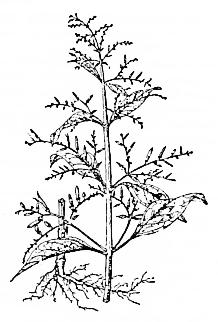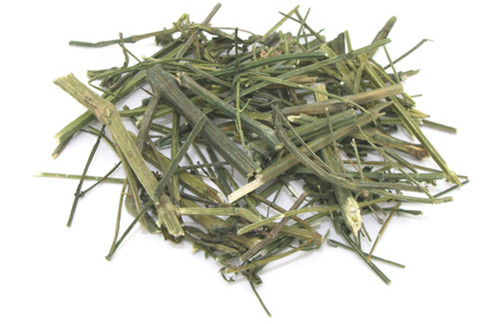Antiphlogistic.[3] Antiinfection.[3]
[1] Barefoot Doctor's Manual- 1977 Prepared by the Revolutionary Health Committee
of Hunan Province. Original Chinese manual- Victor W. Sidel. Originally published
by Dr Joseph Quin and the Fogarty International centre, Bethdesda (1974). Madrona
Publishers Seattle Washington ISBN 0-914842-52-8
[2] A Complete English Dictionary of Medicinal Terms in Chinese Acupuncture and
Herbalism 1981- Henry Lu Chinese Foundations of Natural Health- The Academy of
Oriental Heritage, Vancouver, Canada.
[3] Translation notes from Gary Seiford and Hocu Huhn- NSW College of Natural
Therapies. Sydney Australia (1982).
[4] Chinese Herbal Medicine Materia Medica- Dan Bensky and Andrew Gamble- Eastland
Press 1986 Seattle Washington ISBN 0-939616-15-7
Images.
1.
commons.wikimedia.org
by H. Zell CC BY 3.0
2.
[1]
3.
openpr.com
4.
old.tcmwiki.com [1] Chinese Herbal Medicine Materia Medica-
Dan Bensky and Andrew Gamble- Eastland Press 1986 Seattle Washington ISBN 0-939616-15-7
 HABITAT:
HABITAT:


 HABITAT:
Transplanted and cultivated.
HABITAT:
Transplanted and cultivated.